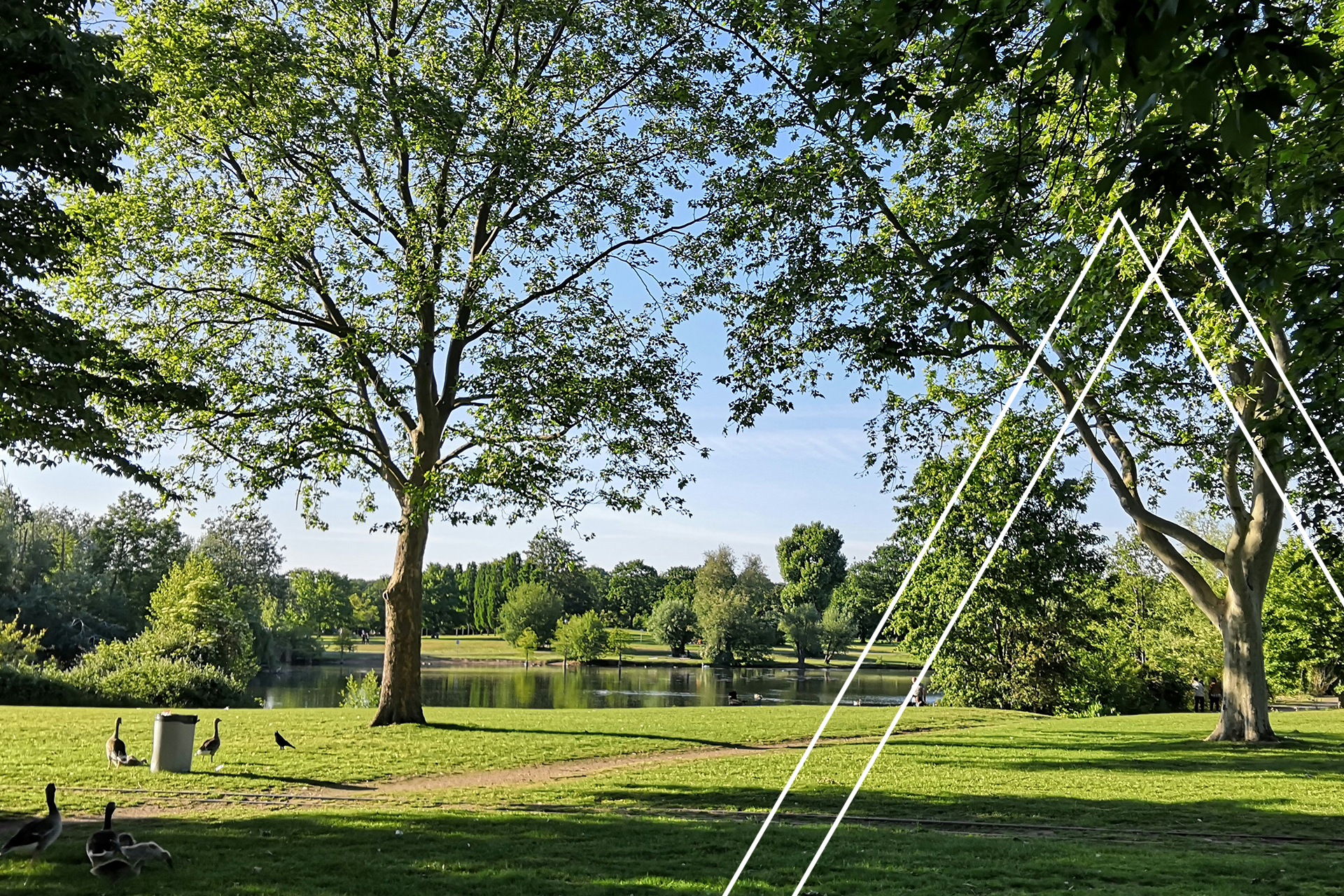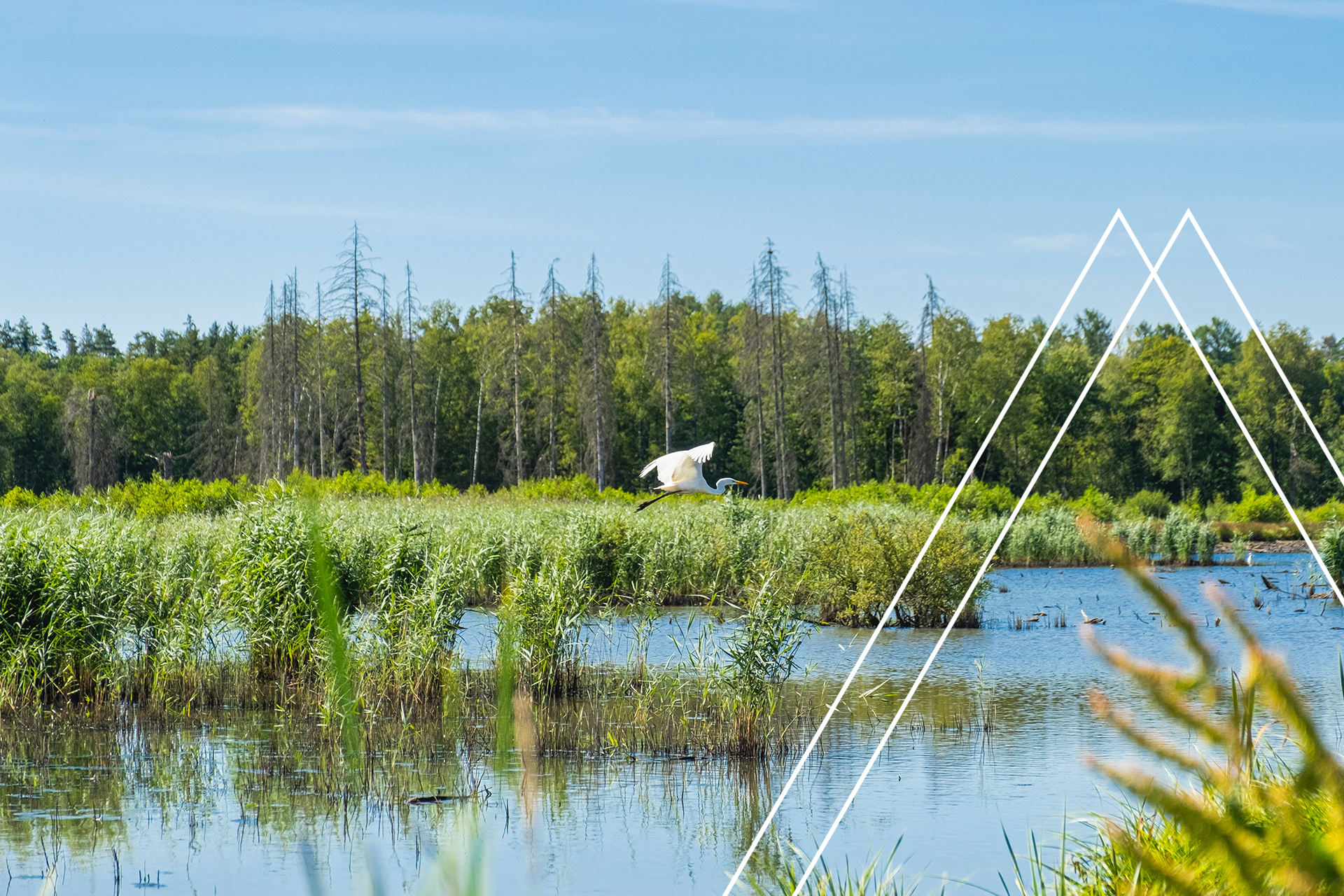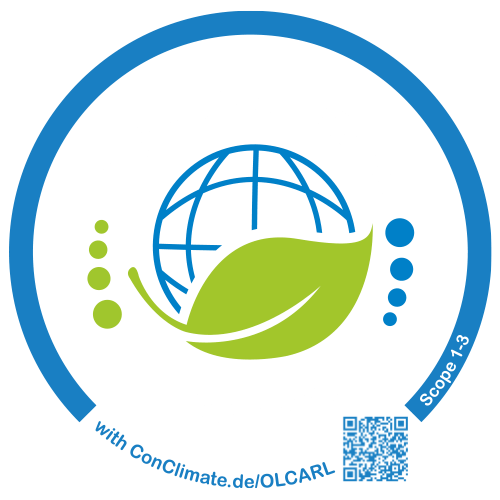Innovative solutions for sustainable building
Climate-friendly and material-efficient
Until recently, the construction industry has mostly concerned itself with reducing emissions in a building’s service life. However, building material and resource shortages, building and demolition waste and emissions associated with material manufacture are applying new pressure to switch to material and construction process alternatives.
In this article, we will cover three major issues to show you how the climate crisis, a resource crisis and a surge in waste are paving the way for new solutions in the construction sector.
Life cycle assessment (LCA) covers all stages
Rising energy efficiency in buildings reduces energy consumption in the building’s service life, which is an important step towards reducing CO2 emissions in the construction sector. Energy input is gaining importance for resource acquisition, manufacture of building products and the transportation of these products to their destination as a result. This input is called grey energy and the emissions it produces are called grey emissions.
Depending on construction and efficiency standards of a newly constructed building, grey emissions can reach 25 to 40 per cent of the total CO2 emissions during its service life. Construction, design and the building materials used influence the effect of the building on our climate more and more. With new buildings that are climate and resource-friendly, seven million tonnes of CO2 equivalent could be saved annually in Germany.
To assess climate friendliness, it is important to consider the emissions of the building’s entire life cycle. To determine the grey energy, planners use software to create a life cycle assessment (LCA). This covers all materials intended for the construction of the building, with their properties and service life. The result is the statement on the building’s ecological footprint.
Achieving a positive ecological balance is entirely feasible. For this, the building must have a negative annual CO2 balance. This is possible with in-house energy production (for example with a photovoltaic system) and the release of excess and emission-free energy generated into the grid. The Deutsche Gesellschaft für Nachhaltiges Bauen (DGNB) (English: German Society for Sustainable Building) shows some practical examples, which it has exemplified as climate-positive buildings . Their common feature is low energy consumption and in-house energy production, for example with a photovoltaic system and innovative solutions for heat supply. This includes using heat waste generated from waste water and geothermal energy as heat sources for heat pumps.
Examples with a positive climate balance:
- Active town house in Frankfurt/Main
- Freiburg Town Hall
- Elobau plant with production hall and offices
- Renovation of a single-family house
- New high school construction in Diedorf
Buildings with wooden constructions, for example wooden stand or wood hybrid constructions, achieve a particularly good eco-balance. The use of recycled building materials and the reuse of building materials or components also ensures a better eco-balance. Production requires relatively low energy consumption; low emissions are generated during the life cycle and later use or further recycling requires little effort.
Circular Economy House is an example of such a construction process, currently being built in Berlin-Neukölln. It is a reconstruction of a former warehouse of the Kindl brewery with wooden panel construction of an additional storey and recycled resources. would have thought that almost 40 years later, I would hear again about carbonisation in the context of global warming. Carbonisation is fundamental in maintaining the CO2 balance between the oceans and the atmosphere.
Built from sand
The construction industry processes huge quantities of building materials year after year . In Germany alone, 517 million tonnes of raw materials are used every year. In addition, there are 26.6 million tonnes of cement and 5.5 million tonnes of structural steel. The raw materials from which these building materials are produced are exploited to the greatest extent possible, their deposits are limited, or they don’t grow rapidly enough to satisfy demand (source: Dena Building Report 2021).
After water, sand is the second most important raw material of modern society, because without sand, there can be no concrete. It is also used for mineral cleaning, screed work and window glass. Other industries, such as computer chip and solar cell manufacturers, also have a very high demand. Every year, 15 billion tonnes of sand are mined worldwide - an unimaginable quantity. This great demand promotes overexploitation around the world. This destroys human and animal habitats, pollutes rivers and erodes beaches.
The sand processed in Germany is mainly extracted from German sand and gravel pits. In the meantime, processors must also resort to importing from other countries. There is still enough sand, but it is becoming increasingly difficult to exploit new mining areas. Reasons include the sealing of suitable surfaces and conflicts of use, among others. Sand mining contributes to the destruction of biodiversity with serious consequences for our lives.
Innovative construction solutions without sand
It is possible to construct buildings with a low proportion of sand. Part of the sand can be replaced with recycled concrete with recycled building debris as an aggregate.
To avoid using sand, build with wood and save on concrete. Wood or wood-based building materials and products from renewable raw materials can be used in many building components.
In the BauCycle project, researchers from four Fraunhofer Institutes developed a method for extracting an alternative to sand from building rubble. For example, new aerated concrete stones can be produced.
The Canadian start-up CarbiCrete offers an innovative solution. They use the slag produced in steel production as a grinding material to replace the cement as a binding agent for concrete production.
The American start-up Biomason is taking an alternative path. They breed bio cement with the help of natural micro-organisms.
Urban mining - reducing waste and protecting resources
The construction industry is one of the largest waste producers in Germany. Every year, 209 million tonnes of construction and demolition waste are generated – 52 percent of all waste produced in Germany.
Reused or recycled mineral building materials are mainly used in road and path construction or noise and screening barriers at present.
The potential for the reuse of used raw materials today is seven percent. With positive framework conditions, the Federal Institute for Research on Building, Urban Affairs and Spatial Development (BBSR) sees an opportunity to raise its potential to 20 percent (Source: Dena Building Report 2021).
Many initiatives now focus on reusing components and building products. Before a building is demolished or renovated, they examine the components (e.g. windows, doors and stair segments) to evaluate the potential for use in another building. This reduces waste generation and improves eco-balance at the new site of use, since production requires no energy.
The Stuttgart-based start-up Conular collects and evaluates materials in new and existing buildings according to ease of dismantling, value and probability of brokerage. The results are stored in a material passport and database for later dismantling. For owners, this reduces dismantling or conversion costs. Planners and builders can search the database for suitable construction products.
Circular building - plan for dismantling
New buildings are planned and built in such a way that they can be dismantled completely or partially and their components reused in new buildings. This approach is called circular building.
In this way, material cycles are closed, construction debris and waste quantities are reduced, resources are saved and emissions reduced. A win for people and nature.
An example of circular building is the Recycling House by the Cityförster architects in Hanover. Numerous recyclable construction products were used, as were used components and already-recycled materials. Used components come partly from the building owner’s holdings or from local objects. The recycling-compatible construction design allows for the subsequent dismantling of components without compromising on quality and a sorted separation of building materials after the end of their service life.
Other examples of circular building:
- Plus Energy House made of recycled material in Tel Aviv, Israel
- Housing module for Urban Mining & Recycling (UMAR, Switzerland) by Werner Sobek
- Scavenger Studio, Washington, USA
Conclusion
Sustainable building means more than just reducing greenhouse gas emissions during the service life. Sustainability must already be considered in the design and planning phase by using low-emission and resource-saving products. Wooden constructions and renewable raw materials can improve eco-balance just as much as recycled building materials or the reuse of entire components.
Look out for part 2: Sustainable building – precautions, materials, certifications and what they mean.









Head Office, Berlin,
Neue Grünstraße 17 | 18 Hof 1 | TRH 3
10179 Berlin
© ES EnviroSustain GmbH 2021




